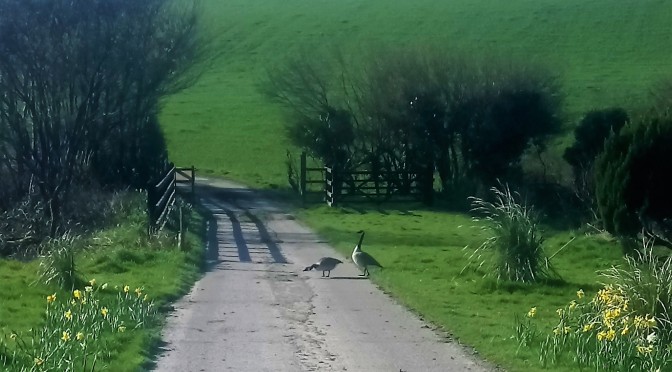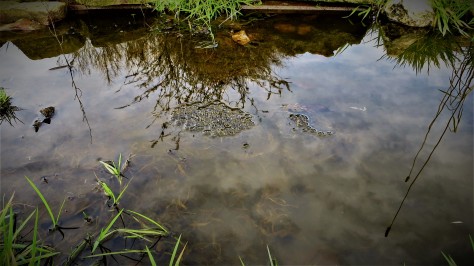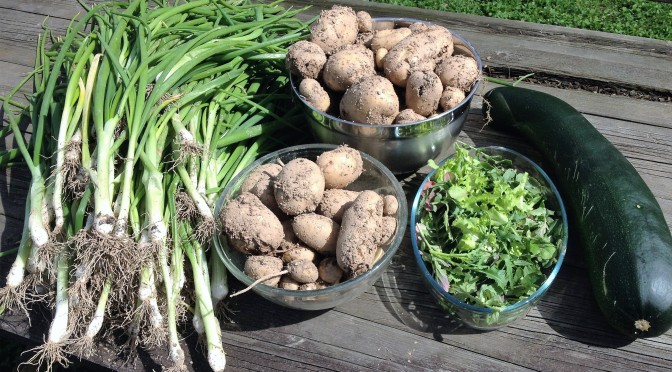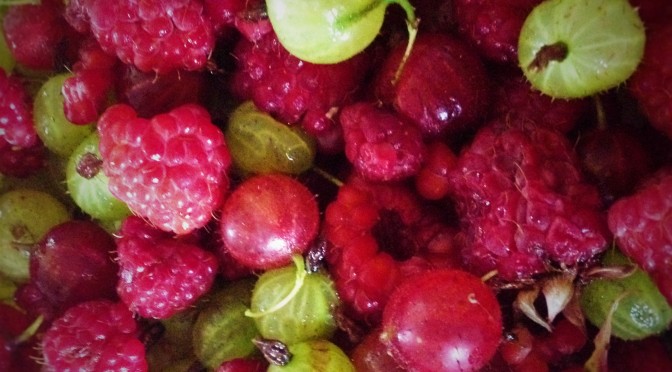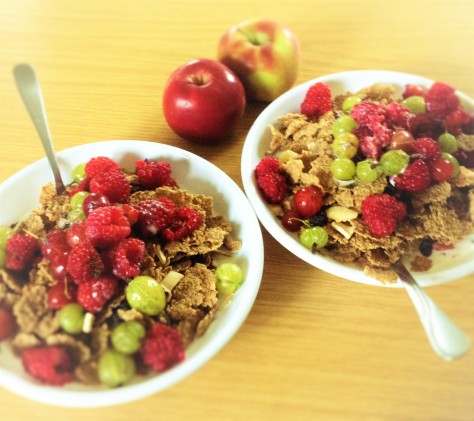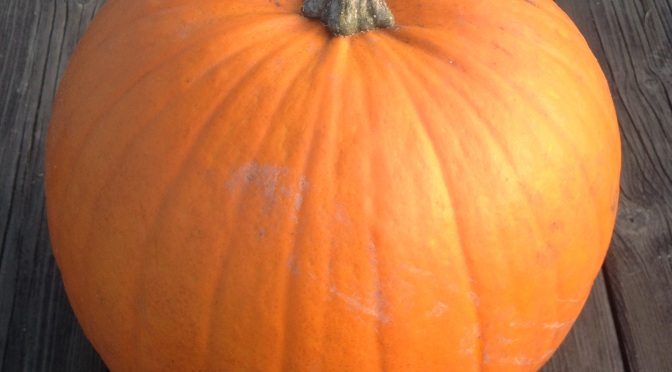So if, like me, you were pretty keen on starting your vegetable garden, but sensibly only planted the stuff that you’d eat, and were likely to buy the most at a supermarket, then you’d have gone for the fairly safe, easy, good-chance-of-success peas, courgettes, spuds, spinach, broccoli, onions… and salad, of course.
We all know that salad grows quickly, and unlike parsnips for example or onions, which once they’re out of the ground, they’re out of the ground and you have to store/prepare them, with lettuce you are guaranteed a continuously fresh supply throughout the whole summer. And let’s face it, you don’t really eat that many potatoes and parsnips in summer do you? Nothing better than a good homegrown garden salad. Refreshing, healthy, low calorie, versatile… And so good in sandwiches, yes it is!
What most people don’t realise (because you have to see it to believe it) is in which quantity the stuff grows. The incredible volume of leaves that those little plants can produce. In such a short amount of time. And because you want variety, just one type of lettuce would be boring, you tend to plant several kinds of lettuce, like six different varieties for example. And you are aware that you don’t necessarily have green fingers, so you want to maximise your chances. And so you sow the entirety of the seeds that the little bag you got from the garden centre holds. The whole several hundreds of them. “Well with a bit luck, we might have a plant or two”.
Two weeks later, you can hardly see the rest of your garden. Hopefully your lettuce bed is a bed of its own, otherwise I suggest you invest in a machete if you want to check how your runner beans are doing. And if you don’t have runner beans, I would invest in a machete nonetheless. You’ve made a few tasty dinners with your homegrown rabbit food, but everytime you cut some out, more comes. Much, much more. To the point when another couple of weeks later, your machete is blunt, you’ve had salad for breakfast, lunch and dinner, every day, your neighbours are hiding from you, in case you want to give them yet some more “organic produce from your garden that you grew yourself”, and you are still not making a dent into this dense forest. You are seriously considering (re-)inroducing rabbits (or, worse, slugs!) in your garden.
And then, when all hope is gone, and you’ve practically turned green, the plants flower, the leaves become uneatable, and the plant slowly… well dies.
Hallelujah!
In hindsight (wonderful thing we all know), two or three rows with two to three different varieties each would have been more than enough for just the two of us. As it turns out, the horse doesn’t particularly like lettuce…
Lettuce is very satisfying to grow as a first-time veggie grower, but it is also its downside. You cannot really keep it that long, can’t freeze it… We were lucky in a way that three varieties came out first, with the spinach (also great raw in salads), we managed to get through two of them, froze the spinach. What we were left with whilst the other three were growing, was the rocket. Huge quantities of. Not my favourite but still not worth wasting.
So I searched the forums, and this lady had a great idea, make pesto with it. Eureka! Easy to make, great to store, and ideal for a quick satisfying pasta-pesto.
All you need is garlic, oil, pine nuts, parmesan and some seasoning if you like. And the green stuff (rocket in this instance, could be any kind of lettuce I guess, wild garlic, herbs…) Oh and a blender (solar powered 😀 ).
Mix it all in, give it a whiz, et voila. I then scooped the mixture into a couple of small muffin baking trays (size which I’d say makes a portion for two people), and put it in the freezer. Once frozen, I put all the individual portions into a freezer bag. Use it as and when needed.
Quick, easy, healthy, versatile… All that a salad should be… 😀
Brox x


